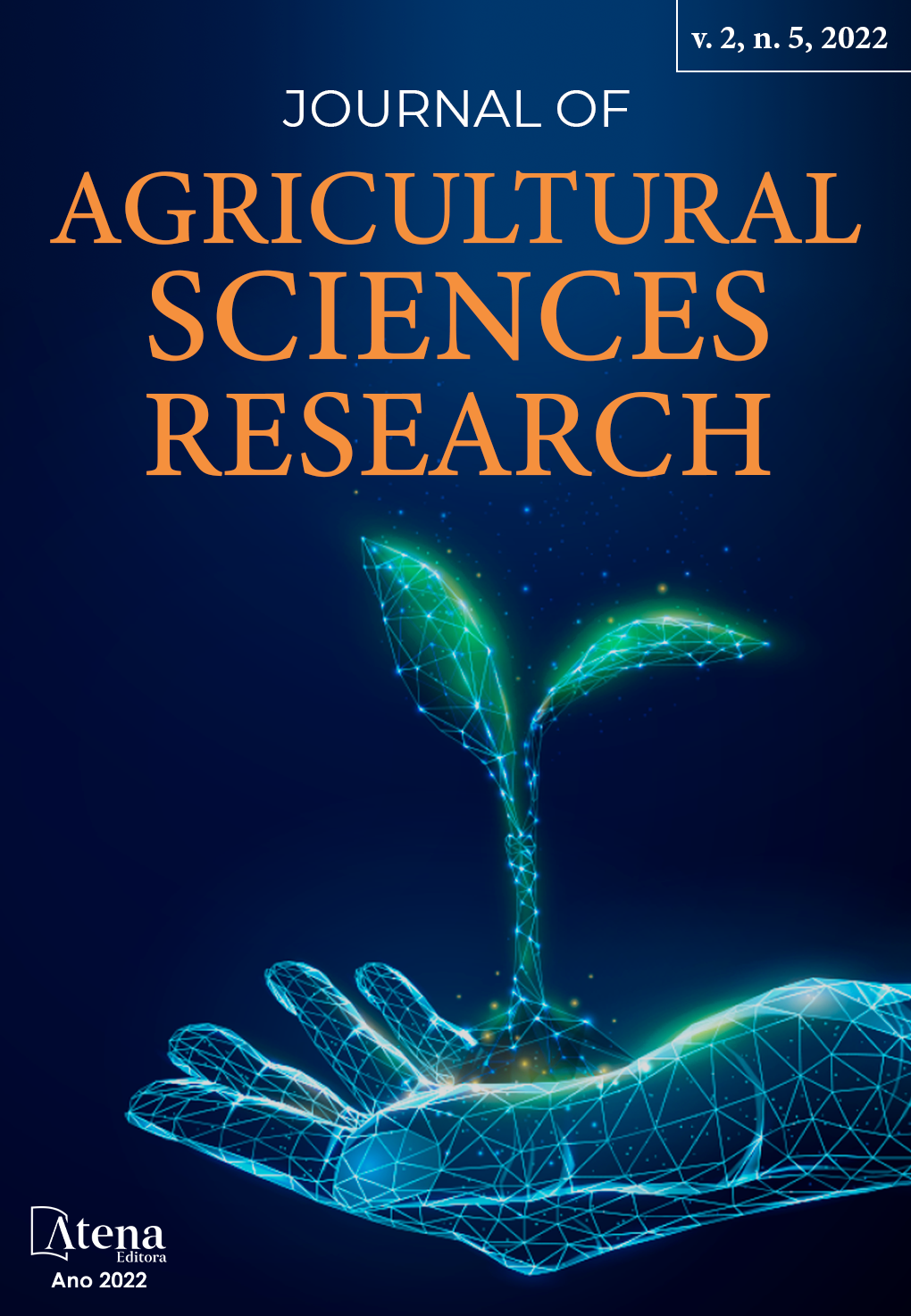
TECHNIQUES FOR CHEMICAL CONTAINMENT IN CHELONIANS
Chemical restraint for wild animals is necessary to perform procedures such as: physical examination, collection of biological material and imaging exams. Little is known about the effects of anesthetics on chelonians, in part, because of the rare studies and investigations. This investigation aimed to demonstrate three techniques of chemical containment for chelonians, in addition, to evaluate latency period, duration of drug effect and the degree of chemical containment. We used 6 animals, 2 of each species: Kinosternon scorpioides, Chelonoidis carbonaria and Phrynops geoffroanus, from services provided by Hovet/UEMA. Three protocols were used: the association of (Ketamine 10mg/Kg and Midazolam 1mg/Kg intramuscularly - Protocol 1), (Propofol at a dose of 35 mg/Kg intracoelomically - Protocol 2) and (Butorphanol 1 mg/kg kg intramuscularly - Protocol 3). The following criteria were evaluated: spontaneous locomotor activity, muscle relaxation and manipulation of limbs, tail, head and mouth. Protocol 1 had a mean latency period of 5 minutes and the duration of the drug's effect lasted for 95 minutes. The species Phrynops geoffroanus was more sensitive to this protocol, showing marked signs of sedation. In protocol 2, the species Chelonoidis carbonaria had more intense signs of sedation. The latency period was 3 minutes on average and the duration of the effect lasted for 80 minutes. Protocol 3 did not cause signs of chemical containment.
TECHNIQUES FOR CHEMICAL CONTAINMENT IN CHELONIANS
-
DOI: 10.22533/at.ed.973252201064
-
Palavras-chave: Sedation, Chelonians, Propofol, Ketamine, Midazolam
-
Keywords: Sedation, Chelonians, Propofol, Ketamine, Midazolam
-
Abstract:
Chemical restraint for wild animals is necessary to perform procedures such as: physical examination, collection of biological material and imaging exams. Little is known about the effects of anesthetics on chelonians, in part, because of the rare studies and investigations. This investigation aimed to demonstrate three techniques of chemical containment for chelonians, in addition, to evaluate latency period, duration of drug effect and the degree of chemical containment. We used 6 animals, 2 of each species: Kinosternon scorpioides, Chelonoidis carbonaria and Phrynops geoffroanus, from services provided by Hovet/UEMA. Three protocols were used: the association of (Ketamine 10mg/Kg and Midazolam 1mg/Kg intramuscularly - Protocol 1), (Propofol at a dose of 35 mg/Kg intracoelomically - Protocol 2) and (Butorphanol 1 mg/kg kg intramuscularly - Protocol 3). The following criteria were evaluated: spontaneous locomotor activity, muscle relaxation and manipulation of limbs, tail, head and mouth. Protocol 1 had a mean latency period of 5 minutes and the duration of the drug's effect lasted for 95 minutes. The species Phrynops geoffroanus was more sensitive to this protocol, showing marked signs of sedation. In protocol 2, the species Chelonoidis carbonaria had more intense signs of sedation. The latency period was 3 minutes on average and the duration of the effect lasted for 80 minutes. Protocol 3 did not cause signs of chemical containment.
-
Número de páginas: 11
- Alana Lislea de Sousa
- José Ribamar da Silva Júnior
- Elias Costa Ferreira Junior
- Ana Caroline Calixto Campina
- Joseane Nascimento Carvalho
- Vanessa Luz Fernandes


